Cannacraft : A Look at the Fresh Frozen Harvesting Method
The fresh frozen method of harvesting cannabis makes for a tastier finished product by highlighting all the live flavors of the plant. Stories and photos by Tom Searcy.
Cannabis concentrates have reached a peak in the market. The evolution in the last decade of how we extract cannabis oils has quickly evolved from the days of brown BHO shatter from someone’s garage hash lab to the highly potent, crystal clear, and pristine solventless water hash being manufactured in state-of-the-art facilities across California.
More Refined Methods of Consumption
Not only have the concentrates and methods of extraction become more refined, the methods in which we consume have become more sophisticated as well. Many of us remember the days of glass nails and domes that eventually evolved into titanium bangers, both of which we dabbed at a red hot temperature because we knew no better.
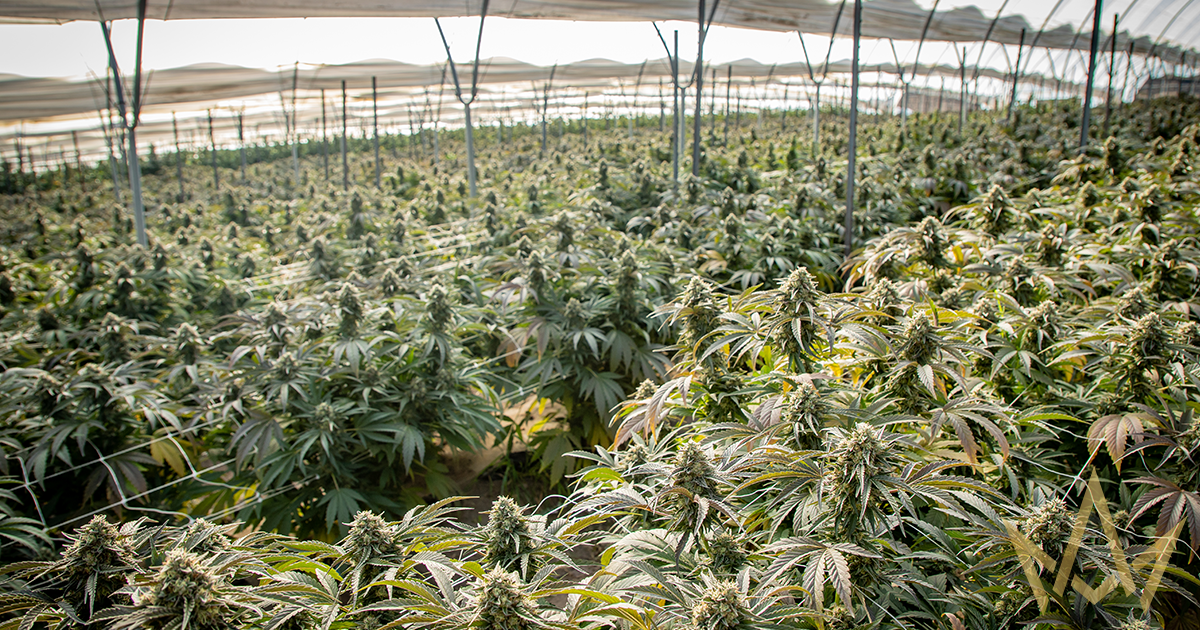
Evolved Methods of Harvesting
Today a quartz banger or terp slurper is the choice to savor all the tasty terps concentrates have to offer. Oftentimes bangers are dialed in by a terp timer or dab rite for the optimum temperature. Many concentrate consumers use one of these tools that measures banger temp precisely, to ensure their rosin or live resin taste is at its pinnacle by vaporizing it at the optimum temperature, depending on extraction method and material consistency. Another consumption device made popular by LA based company Puffco is their flagship product, the Puffco Peak. The Puffco Peak is an electronic, digital smart rig that has gained unparalleled popularity since its debut in 2018.
While consumption and extraction has evolved, so too has the harvesting and processing of these precious plants. The physical state of the starting material for concentrates is very important to its final form. For many years the normal practice was to cut down plants, then remove the large fan leaves before hanging to dry at a constant controlled rate. However, leaving the buds exposed to the air quickly oxidizes them, reducing their overall terpene value.

Fresh Frozen Harvesting Method
The Fresh Frozen method of harvesting entails removing leaves and branches from the cannabis plant before quickly packaging wet fresh bud. These fresh buds are then immediately placed in a -40 degrees Fahrenheit freezer to glaciate the precious terpenes and cannabinoids, preserving them in their live state for extraction. Having those live flavors locked into the plant material makes for a tastier finished product as a whole by highlighting all the live flavors of the plant.
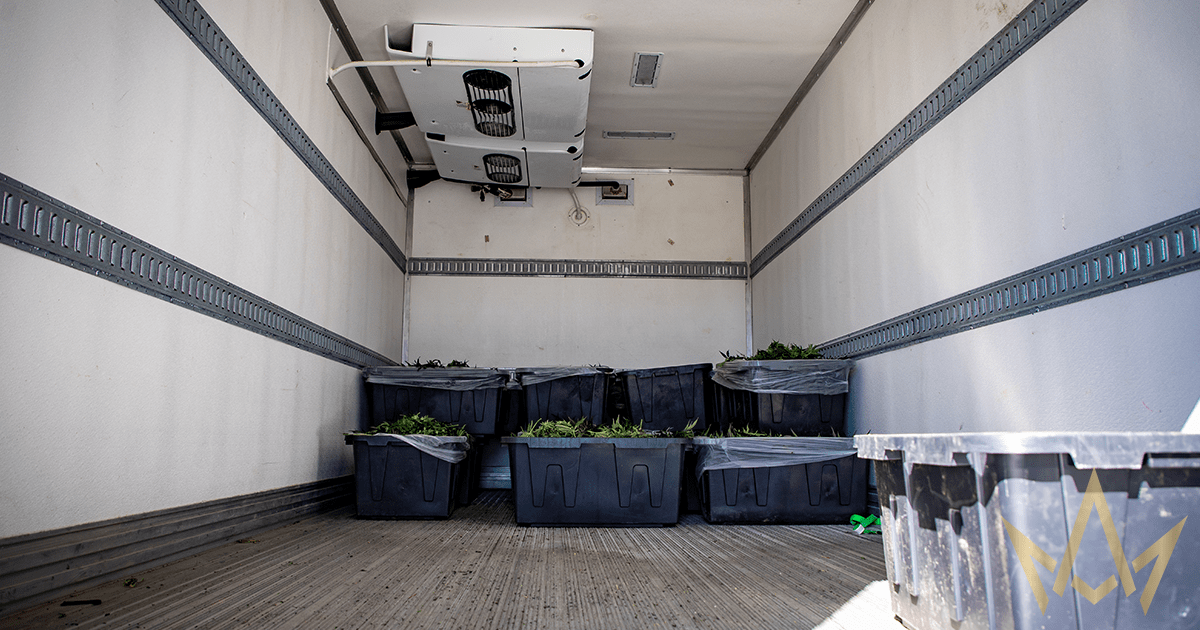
Sun-Grown or Greenhouse Cannabis
With flavor being a large factor in concentrated cannabis, many cultivators find that sun-grown or greenhouse cannabis tends to have more flavor and expression of its terpenes. The full spectrum of the sun’s UV rays are responsible for a more flavorful bud and all around fuller entourage effect.
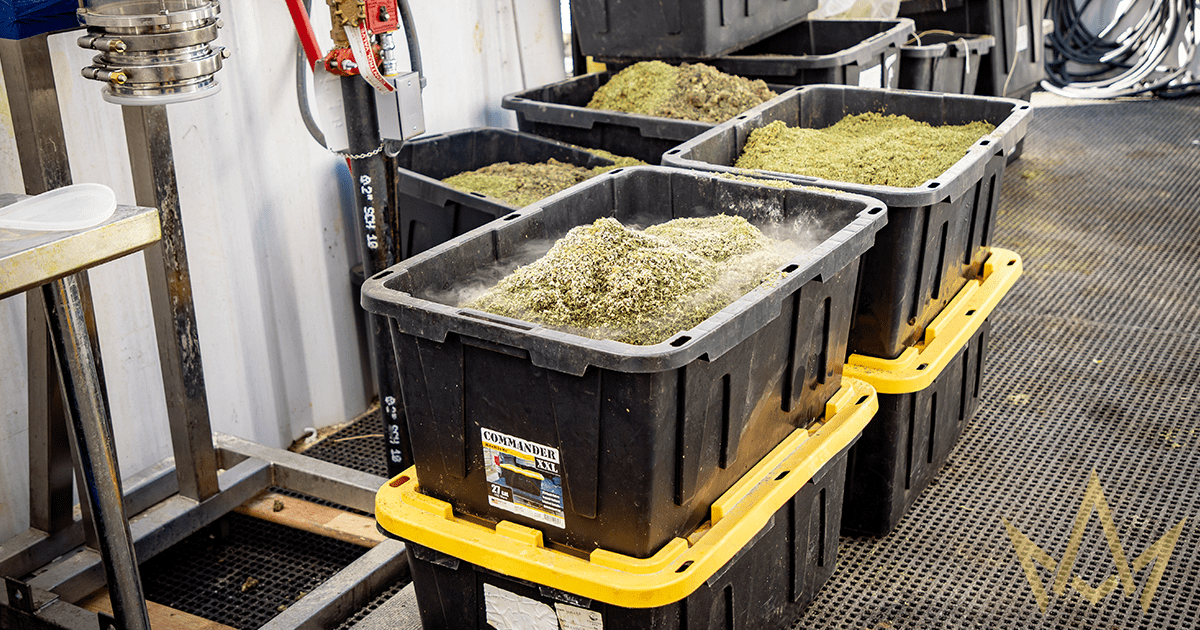
Outdoor Sun-Grown Cannabis
This is not to say that indoor cannabis does not have great flavor and potency, but try as they might, indoor cultivators can never quite replicate Mother Nature.This gives outdoor sun-grown cannabis a uniqueness that has been praised by extractors across the state. This outdoor richness provided by the sun and earth is apparent in much of the cannabis grown in the great state of California.
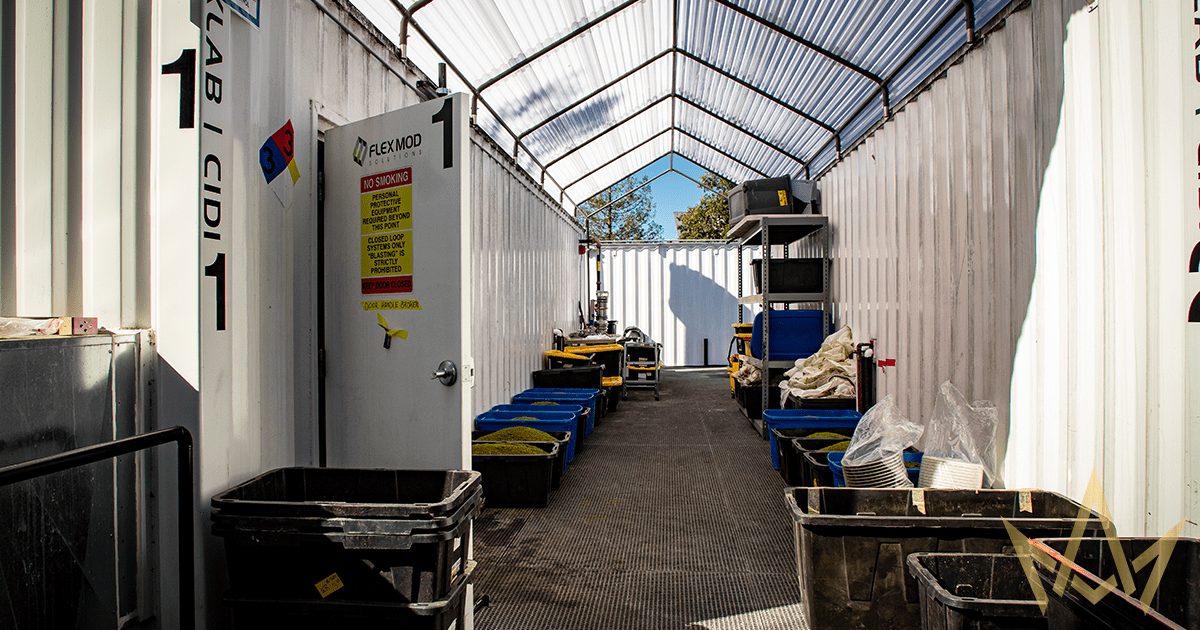
Diverse Cannabinoids and Terpenes
When extractors are seeking out material for concentrates, visual appeal is not typically something buyers are interested in. The diverse cannabinoids and terpenes that are expressed in concentrate form are what buyers are interested in, along with the yield percentage. Buyers also want to ensure they are purchasing from cultivators that utilize organic farming methods, safeguarding their concentrates from pesticides and the like. This attention to detail keeps products safe for consumers.
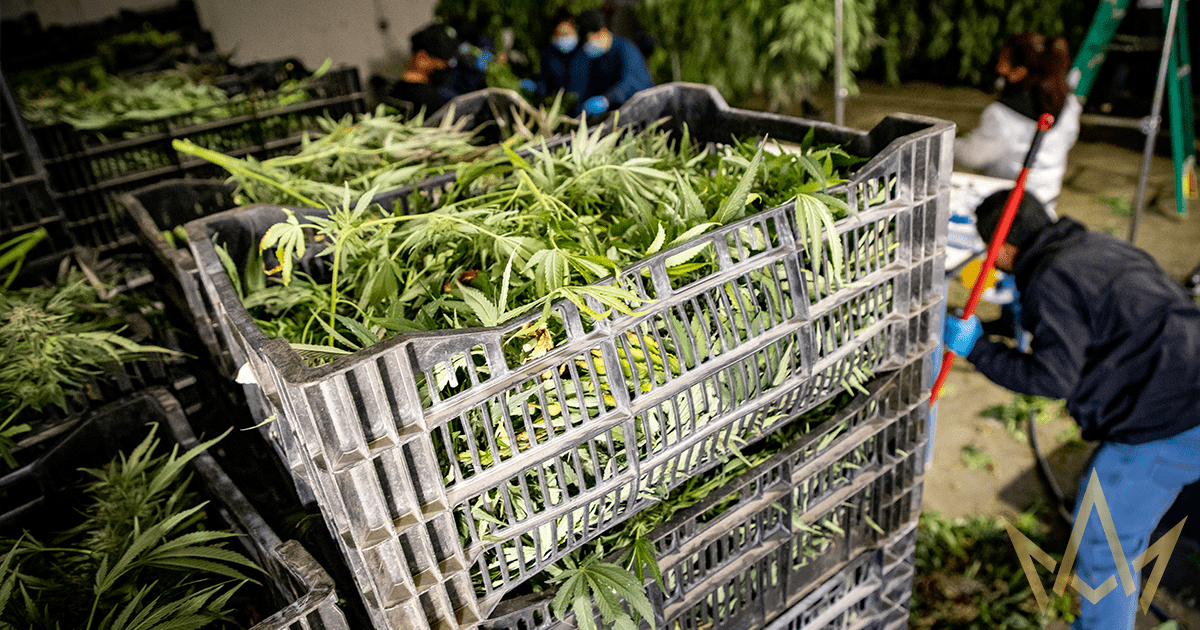
Frozen Material
Buying frozen material can also help extractors keep up with demand by allowing them to stockpile. Frozen material has a much longer shelf life than dried and cured buds, which tend to oxidize, turn yellow, and acquire a hay-like smell after a few weeks of storage.
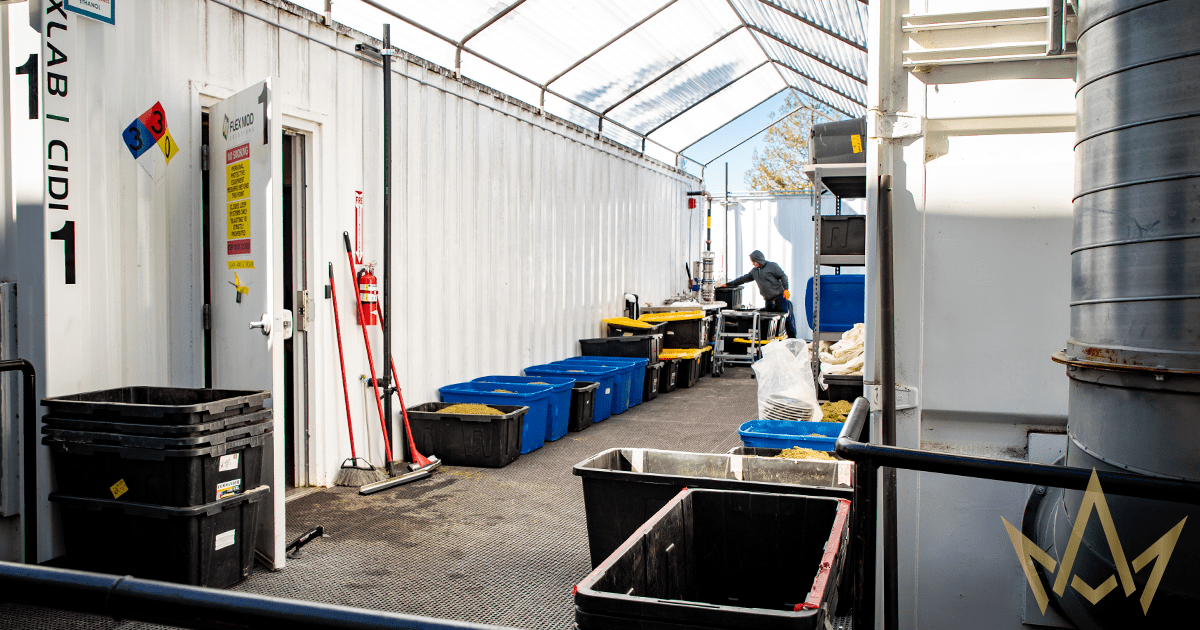
DISCLAIMER: THIS SITE DOES NOT PROVIDE MEDICAL ADVICE.
All information, including but not limited to, text, graphics, images and other materials contained on this site are for informational purposes only. No text, graphics, images or other materials on this site are intended to be professional medical advice or a substitute for professional medical advice, diagnosis or treatment. Always seek the advice of your physician or other qualified health care provider with any questions you may have regarding a medical condition or treatment and before undertaking a new health care regimen, and never disregard professional medical advice or delay in seeking professional medical advice because of something you have viewed on this site.